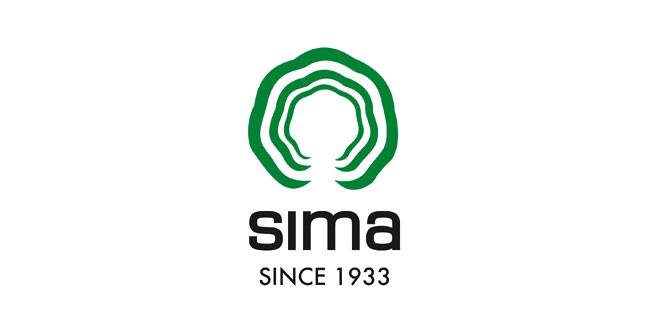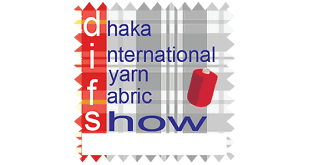The existing duty drawback rate on cotton yarn is 2.5 per cent, which is reduced to 1.2 per cent effective October 1, 2017. Likewise, the rates on cotton grey fabric, cotton garments and madeups have been reduced to 1.3 per cent, 2 per cent and 2 per cent from 4.3 per cent, 7.7 per cent and 7.3 per cent, respectively.
In a press release, SIMA chairman P Nataraj stated that the cost of dyes and chemicals accounts for 30 to 40 per cent of the processing charges. “Dyes and chemicals attract 18 or 28 per cent GST making 3 to 5 per cent accumulation of input tax credit as the fabric or processing job work attracts only 5 per cent GST.” He added that the service tax has been increased 15 to 18 per cent and several services have been brought under tax net under GST.
At yarn stage the actual drawback rate would work out to 2 to 2.5 per cent and at grey fabric stage, the same would work out around 3 per cent while at finished fabric, garments and madeups would work out to more than 5 per cent, according to Nataraj.
Stating that exports will suffer and dwindle down sharply due to reduction in duty drawback rates, Nataraj urged the government to have a re-look in order to protect the jobs of several million people working in the textile industry.
He urged the government “to extend the existing drawback benefits till the GST anomalies and problems are fully sorted out and also the realistic drawback rates refunding all blocked, embedded taxes and levies including accumulated input tax credit at fabric stage are fully taken into consideration”.
 4Textile.com World Textile & Apparel Industry Events, News
4Textile.com World Textile & Apparel Industry Events, News







